PEOPLE
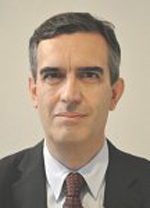
ITALY-USA COOPERATION
FOR RESEARCH IN FUNDAMENTAL PHYSICS
Interview with Stefano Lami,
Scientific Advisor at the Italian Embassy
in Washington
In mid-January, in the presence of the Minister of Education, University and Research, Stefania Giannini, and the US Ambassador to Italy, John Phillips, the Italy-USA bilateral meeting for scientific and technological cooperation took place. At the end of the meeting, which was held at the Ministry of Foreign Affairs and International Cooperation, the new joint declaration on scientific and technological cooperation, for the two-year period 2016-2017, was signed by the representatives of the Italian and US delegations. In particular, the Ministry of Education University and Research (MIUR) and the US Department of Energy (DOE) signed a technical cooperation agreement in the field of nuclear physics, concerning the research activities carried out jointly by INFN and DOE. The agreement is linked to the more general accord signed in Washington last July, for cooperation on several fronts: from the detection of neutrinos and dark matter at the Gran Sasso National Laboratories of INFN, to the study of neutrinos at the Fermilab in Chicago and of atomic nuclei at the Jefferson Laboratory in Virginia; from the space program for the study of cosmic rays and antimatter with the Fermi and AMS space detectors, to the detection of gravitational waves with the LIGO and Virgo interferometers and the study of high-energy cosmic rays with the Auger Observatory in the Argentine Pampas. The Italian Embassy in Washington and its Science Counselor, Stefano Lami, played a fundamental role in establishing Italy-USA cooperation for scientific research.
Even though the horizon of research cooperation has expanded significantly in recent years, the relationship with the USA remains the cornerstone of INFN’s international partnerships. What are the reasons for this special relationship?
The bilateral cooperation between Italy and the United States has certainly found, since the end of the Second World War to date, a solid basis for a ...
NEWS
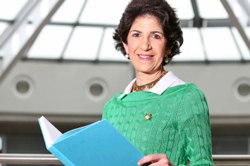
INSTITUTIONS
FABIOLA GIANOTTI TAKES OFFICE AS DIRECTOR GENERAL OF CERN
On 1 January 2016, Fabiola Gianotti officially took office as Director General of CERN, the first woman to hold this position at the European laboratory for particle physics in its more than 60 years of history. ...
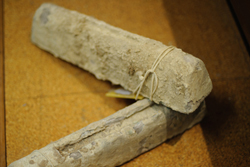
RESEARCH
FROM THE SEAS OF SARDINIA THE ROMAN LEAD FOR THE GRAN SASSO LABORATORIES
After two thousand years spent under the sea, in the hold of a Roman ship which sank off the coast of Sardinia, 30 lead ingots of ancient Rome were transported in mid-January from Cagliari to the Gran Sasso National Laboratories (LNGS) of INFN, ...
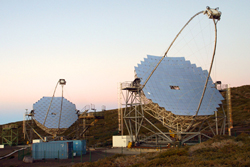
RESEARCH
RECORD EMISSION FOR THE CRAB PULSAR
It is the most energetic emission ever observed so far from the pulsar in the centre of the Crab nebula, in the Taurus constellation, approx. 6,000 light-years away from us. Discovering this pulsed radiation flux of energy over one thousand billion times that associated with the radiation in visible ...
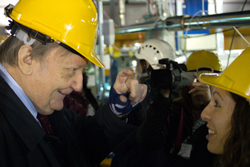
AWARDS
CHINA AWARDS RUBBIA WITH THE MOST IMPORTANT SCIENTIFIC RECOGNITION OF THE COUNTRY
The physicist Carlo Rubbia has been awarded the Prize for International Scientific Cooperation of the Peoples Republic of China. Rubbia, who was awarded the Nobel Prize for Physics in 1984 ...
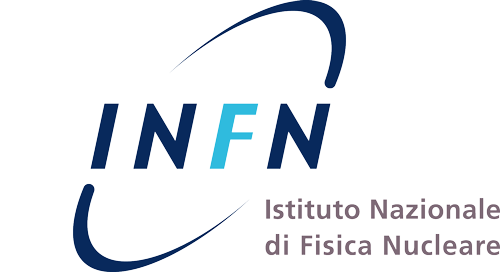

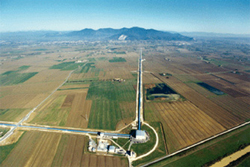 ADVANCED VIRGO:
TO THE LIMIT OF TECHNOLOGY
FOR GRAVITATIONAL WAVE RESEARCH
ADVANCED VIRGO:
TO THE LIMIT OF TECHNOLOGY
FOR GRAVITATIONAL WAVE RESEARCH